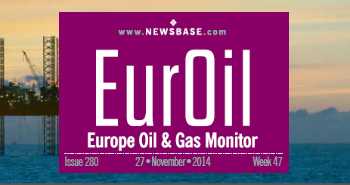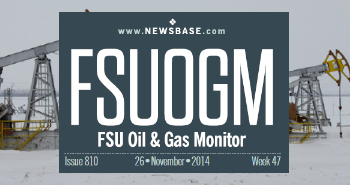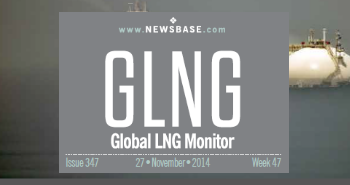European gas prices hit two-year high on colder weather

European natural gas prices surged to a two-year high this week, driven by a confluence of factors, including intensified demand as a result of colder weather, supply disruptions and weaker power generation from renewables.
The benchmark Dutch TTF gas futures experienced a 4.5% rise in the first hours of trading on February 10 to €58.50 per MWh ($642 per 1,000 cubic metres), a level not seen since early 2023. In the UK, prices mirrored this trend, climbing to GBP1.4220 per therm. This surge is attributed to a significant drawdown in gas storage levels, which have declined to 49% capacity in the EU, versus 67% at the same time last year. The accelerated depletion is primarily due to increased heating demand amid colder temperatures.
A prolonged cold spell across Europe has intensified the need for heating, thereby elevating natural gas consumption. Meteorological forecasts predict continued low temperatures, suggesting sustained high demand in the coming weeks.
There has also been greater demand for gas as a result of weaker output from renewable sources. Lower-than-expected wind speeds and reduced solar output have limited renewable energy generation. Additionally, several nuclear power plants (NPPs) are undergoing maintenance, leading to decreased nuclear energy contributions. Consequently, reliance on natural gas-fired power plants has risen to meet the energy shortfall.
Europe's dependence on LNG imports has grown, especially following the cessation of Russian gas transit through Ukraine on January 1 this year. However, the global LNG market is tight, with heightened competition from Asian markets where demand is also surging owing to similar cold weather conditions. This competition has led to higher LNG prices and challenges in securing sufficient cargoes for European needs.
The termination of Russian gas transit through Ukraine has significantly impacted supply routes to Europe. Countries such as Slovakia, Austria and Hungary that previously relied on this corridor are now seeking alternative sources. For instance, Slovakia has resumed imports of Russian gas via the TurkStream pipeline, which transits through Turkey and Hungary, to mitigate supply disruptions.
European policymakers had previously mandated that gas storage facilities reach 90% capacity by November, with intermediate targets to ensure supply security. While well-intentioned, these measures could inadvertently contribute to market overheating during the summer months, as sellers capitalise on the increased demand for storage, driving prices upward. With current storage levels at 49%, replenishing stocks during the upcoming summer is anticipated to be costly, especially given the reduced Russian gas imports and greater reliance on LNG. The financial burden of achieving the storage target is estimated at €36bn ($37bn).
As a result, while gas prices generally fall during summer as there is less demand for heating, this year there is no price curve, with contracts throughout the next six months priced at around the same level as current front-month contracts.




Follow us online